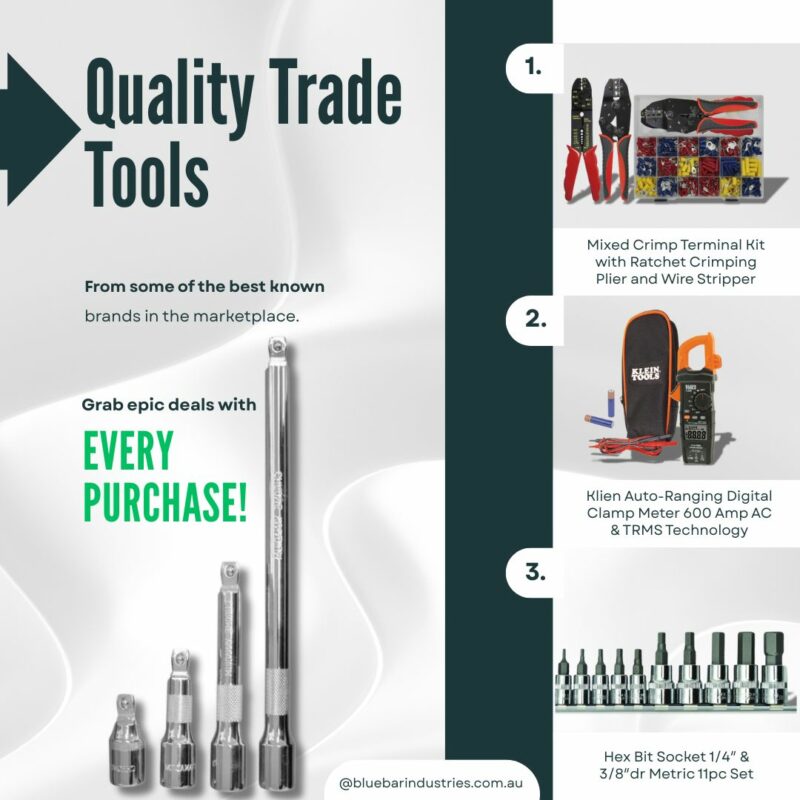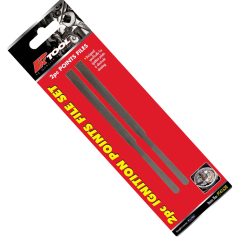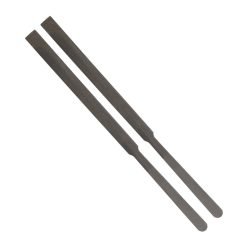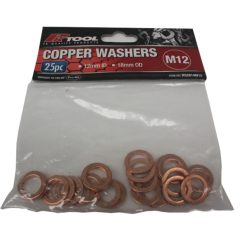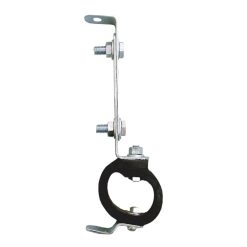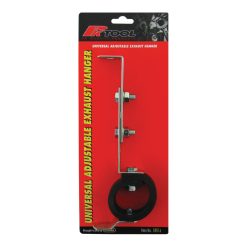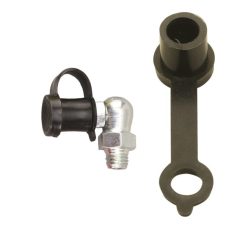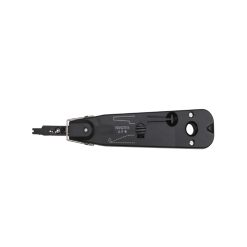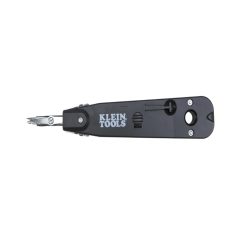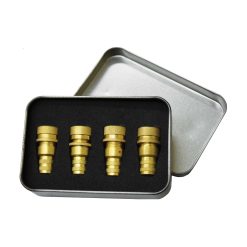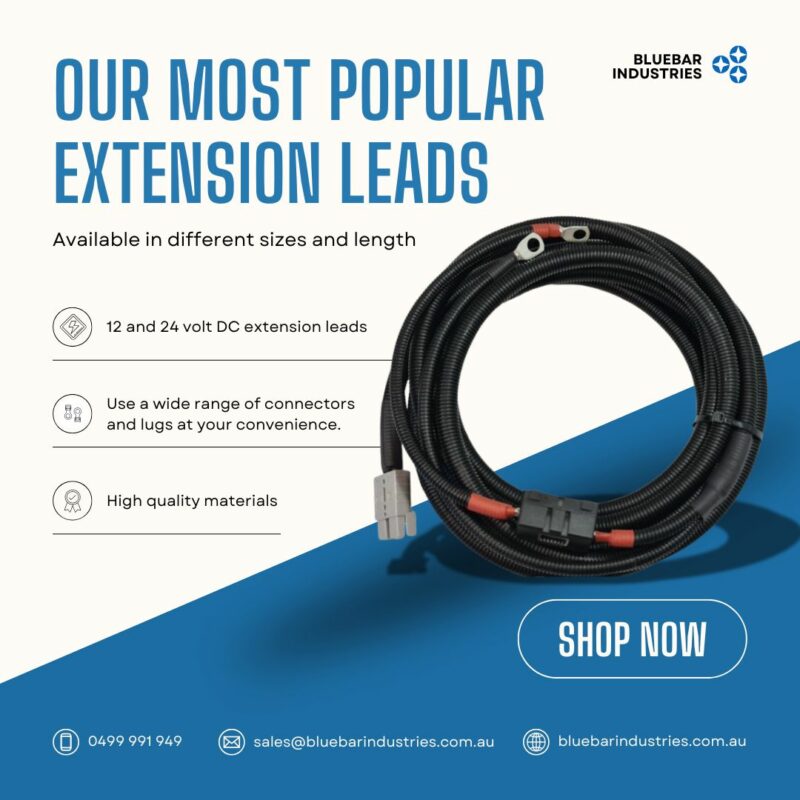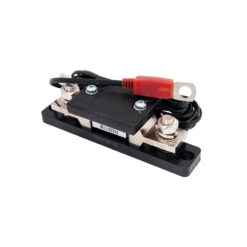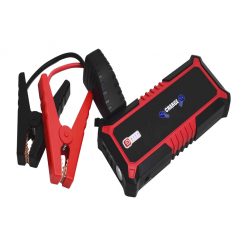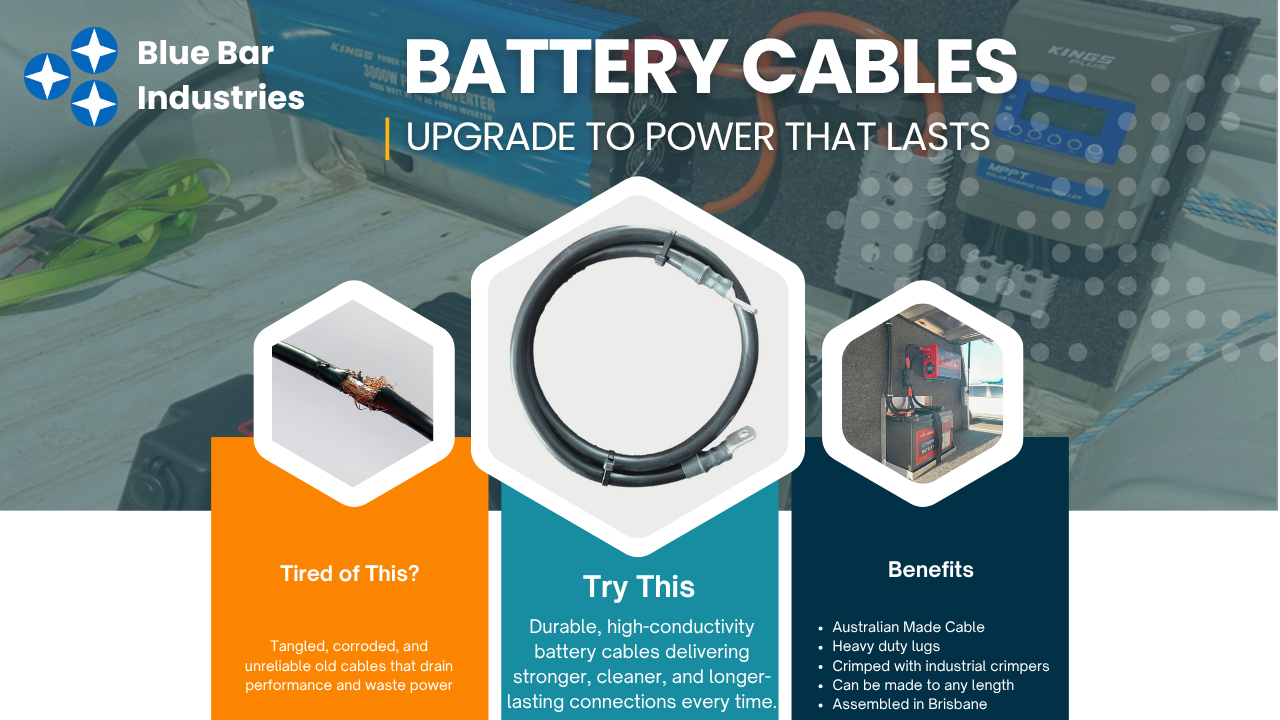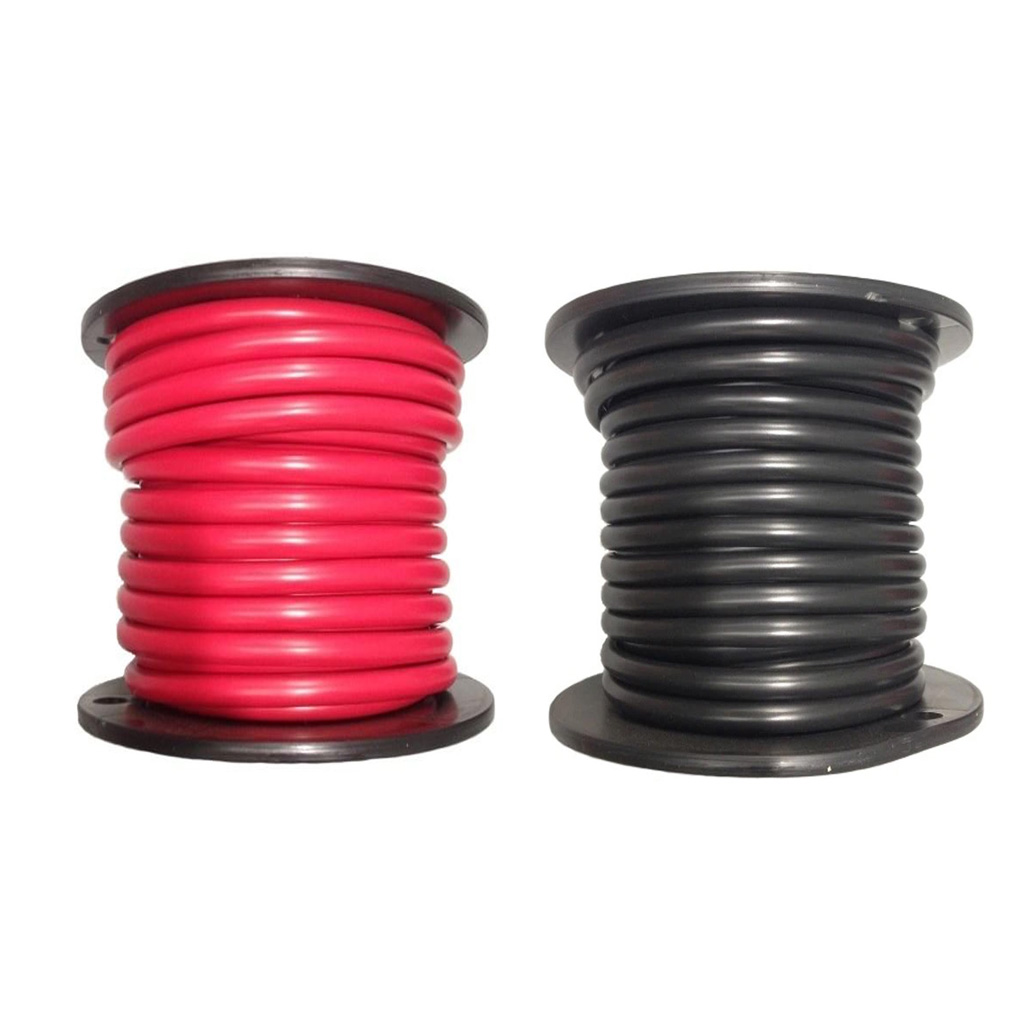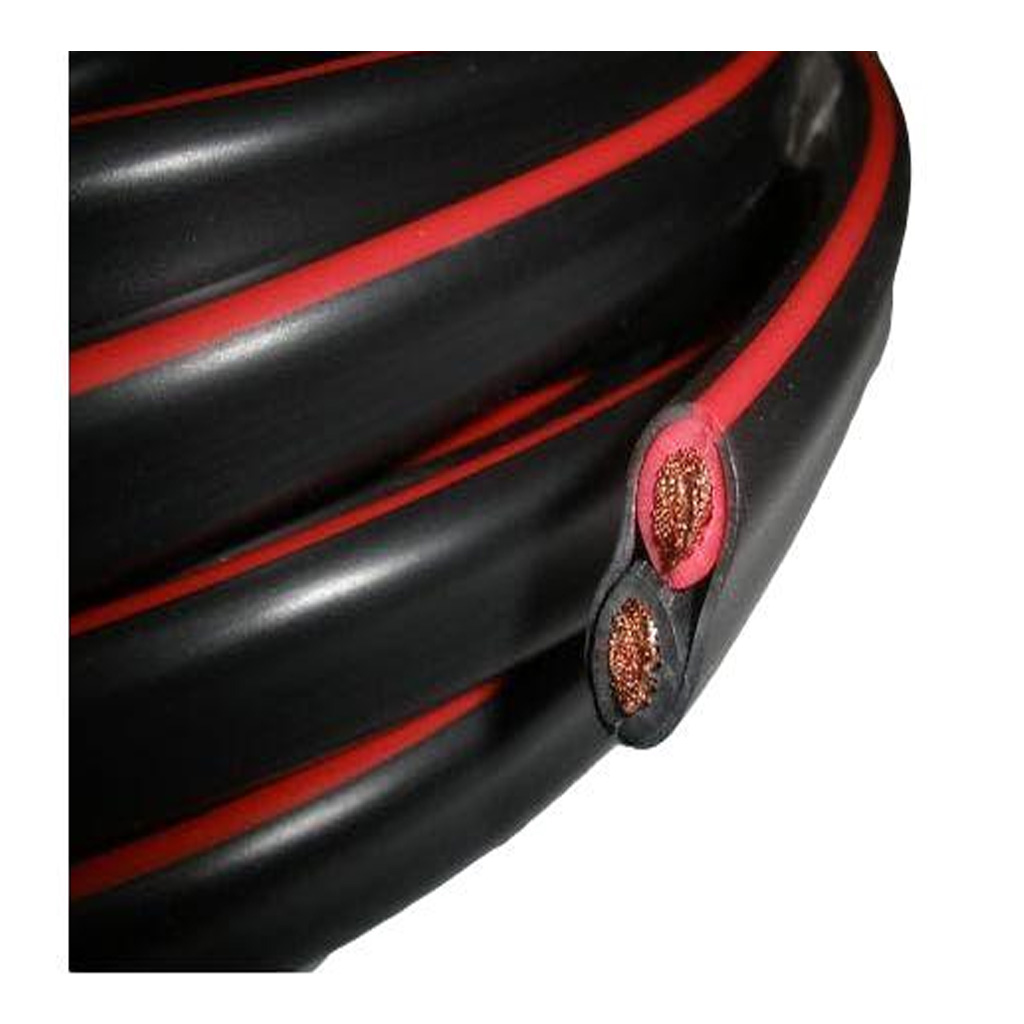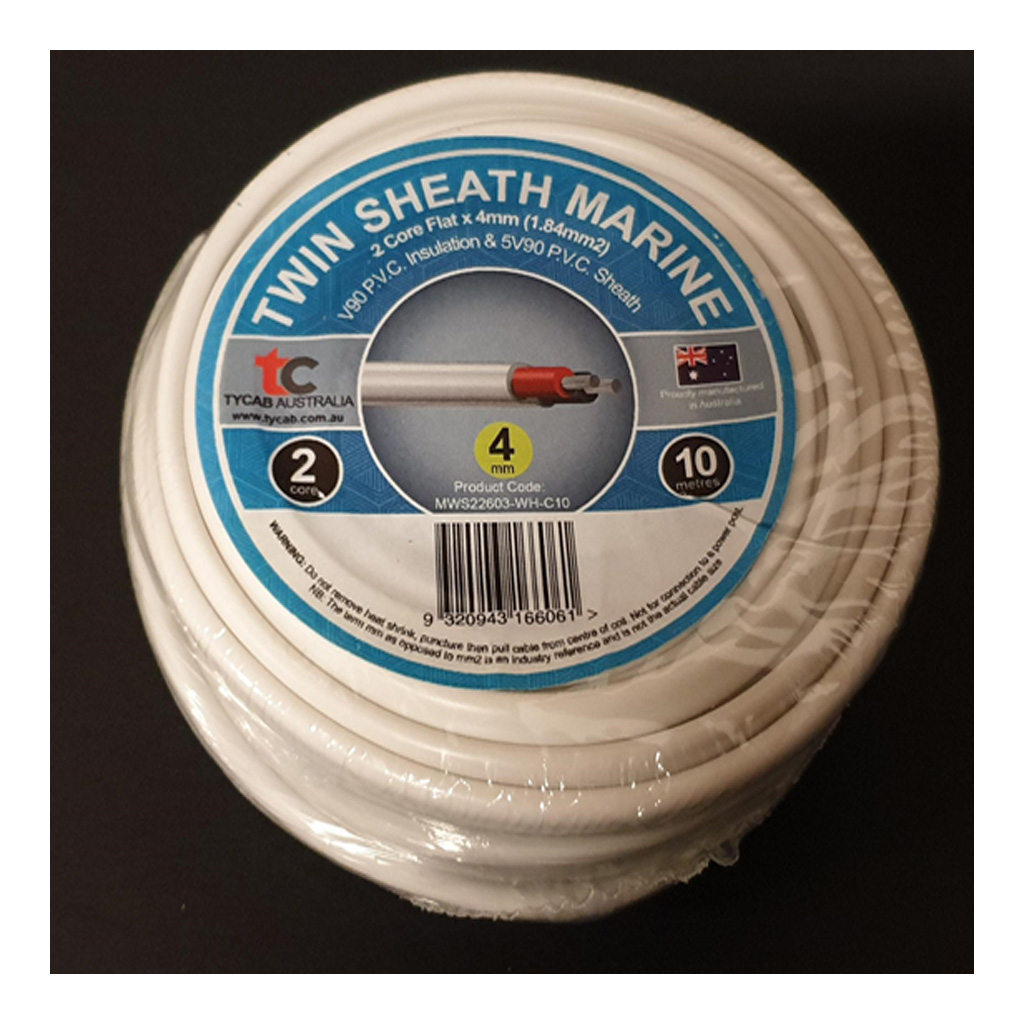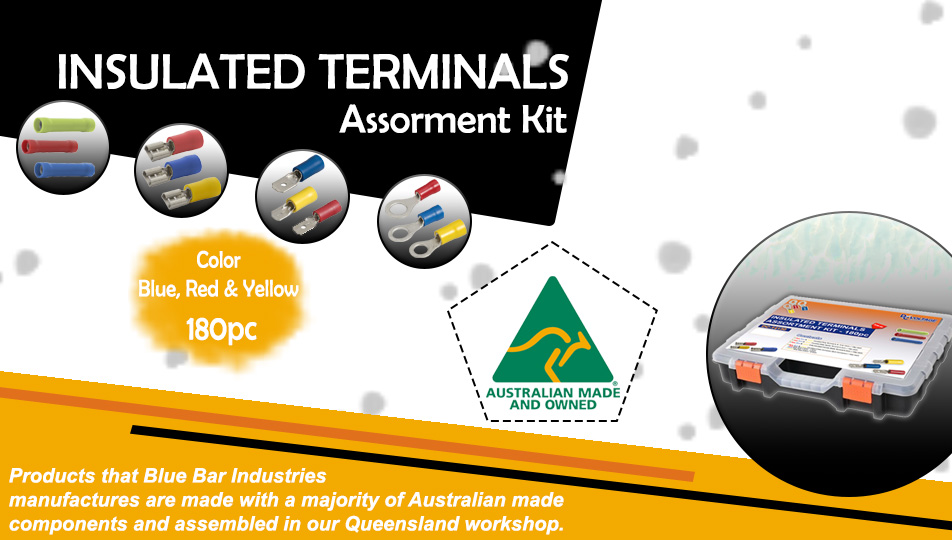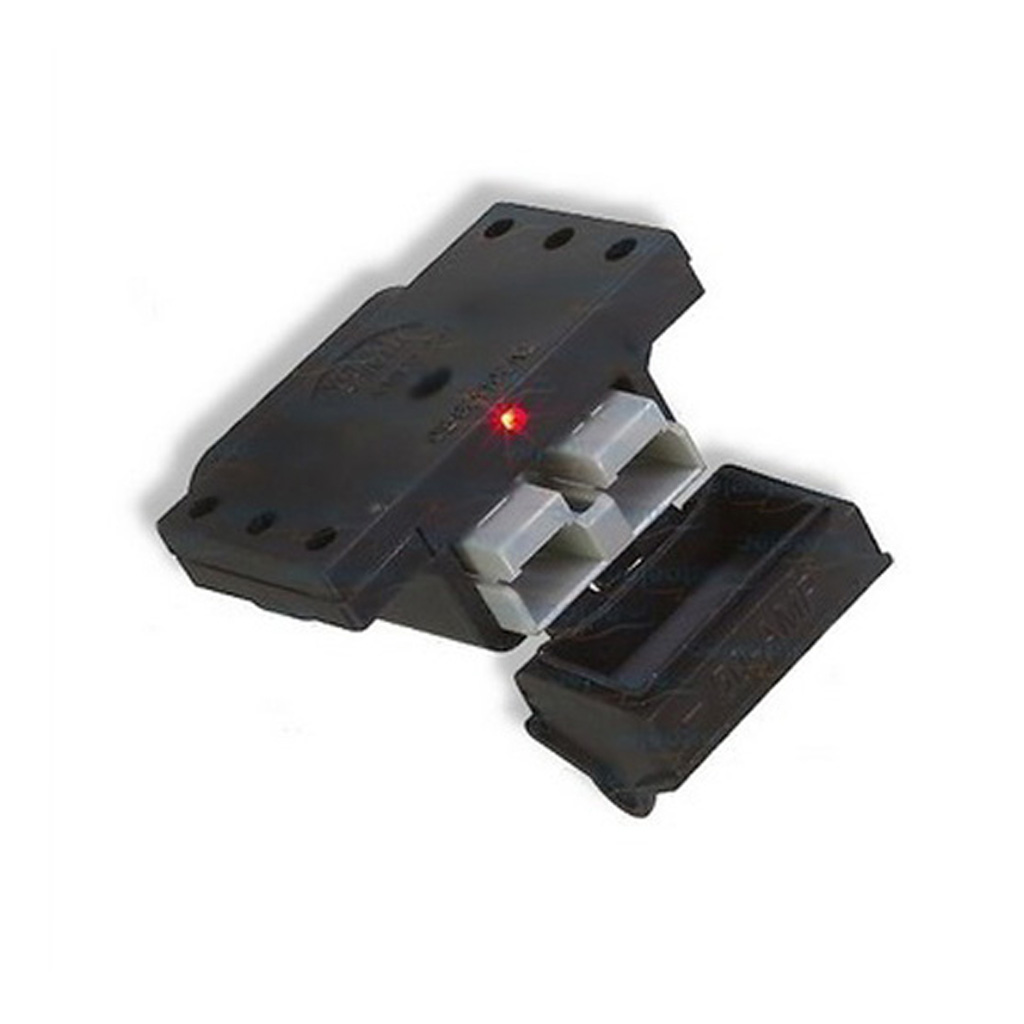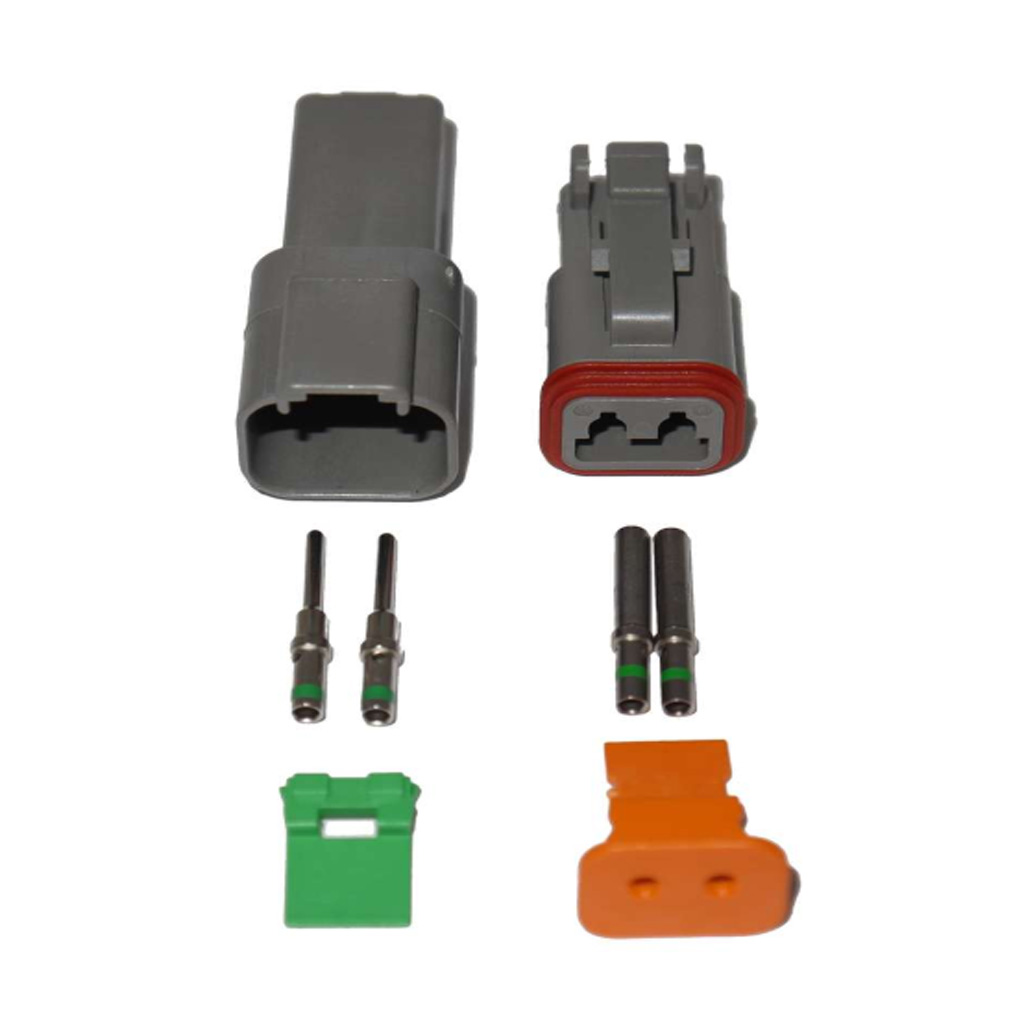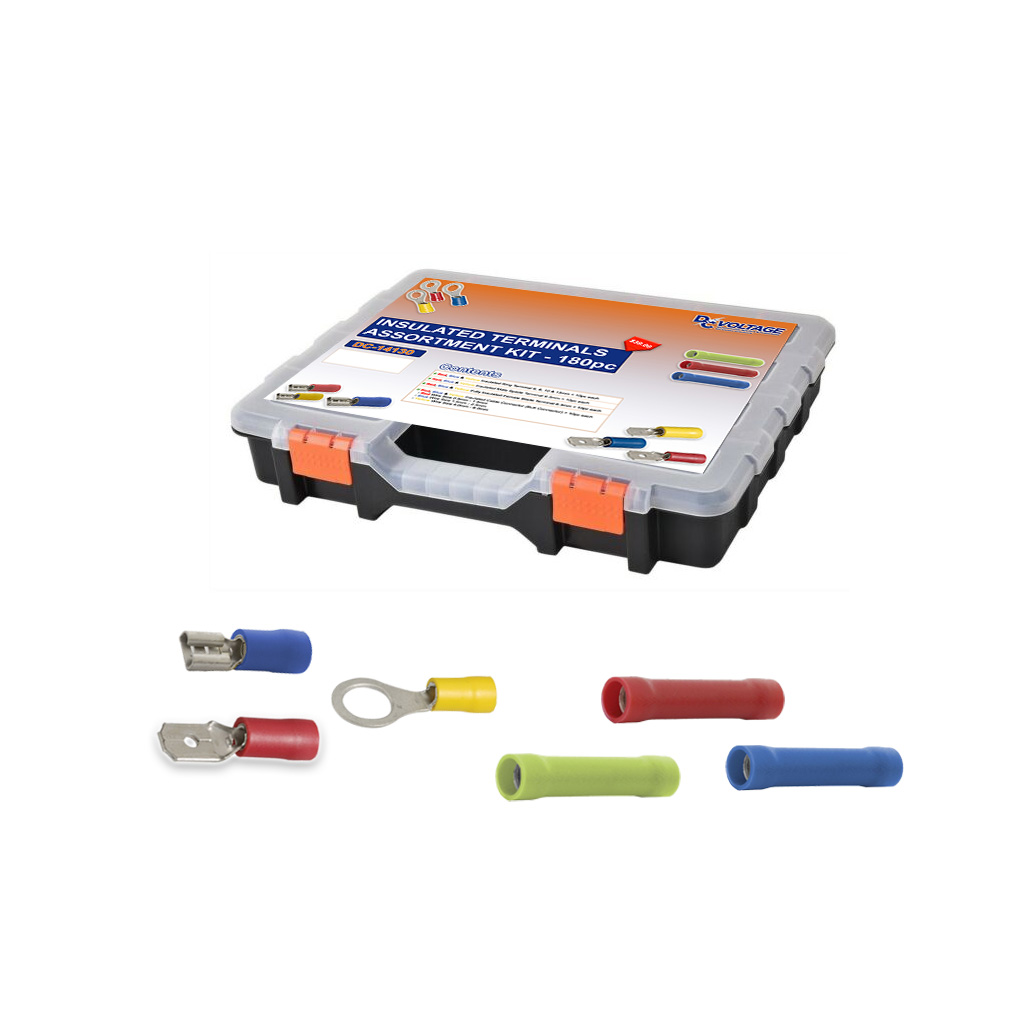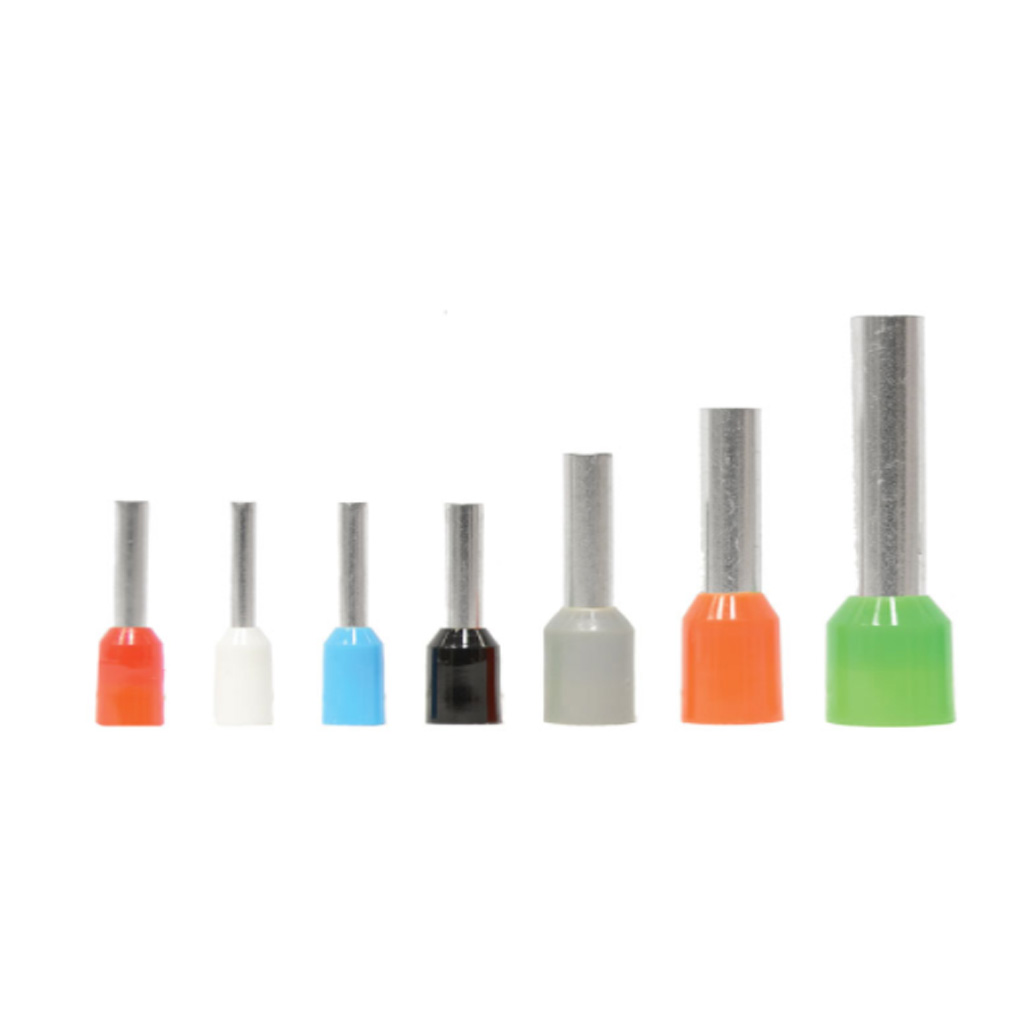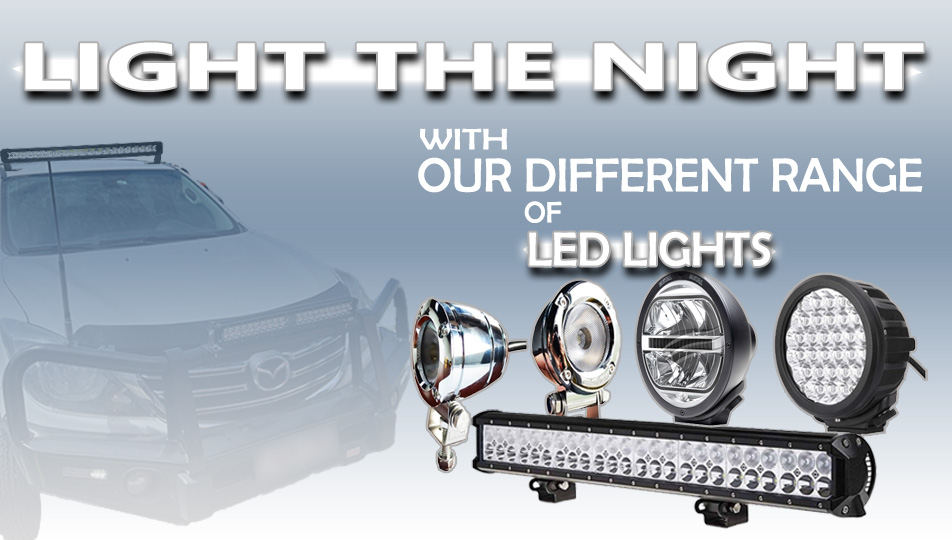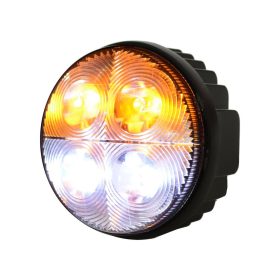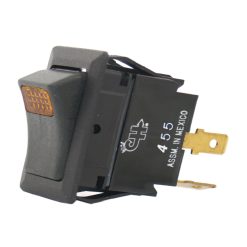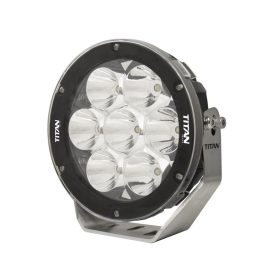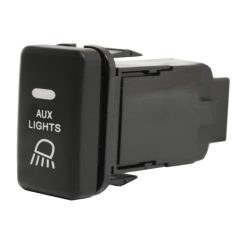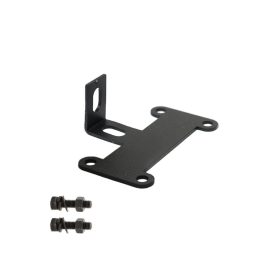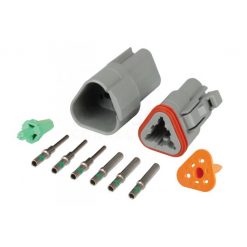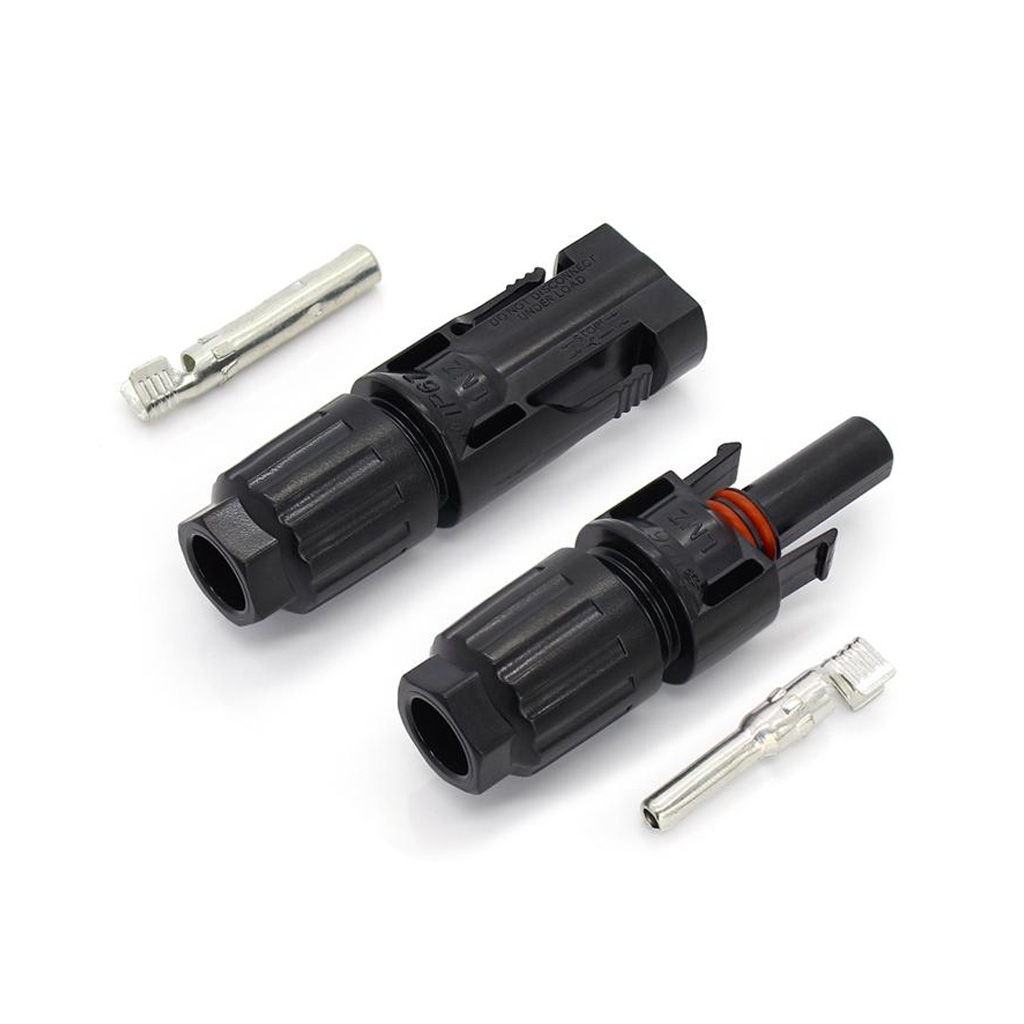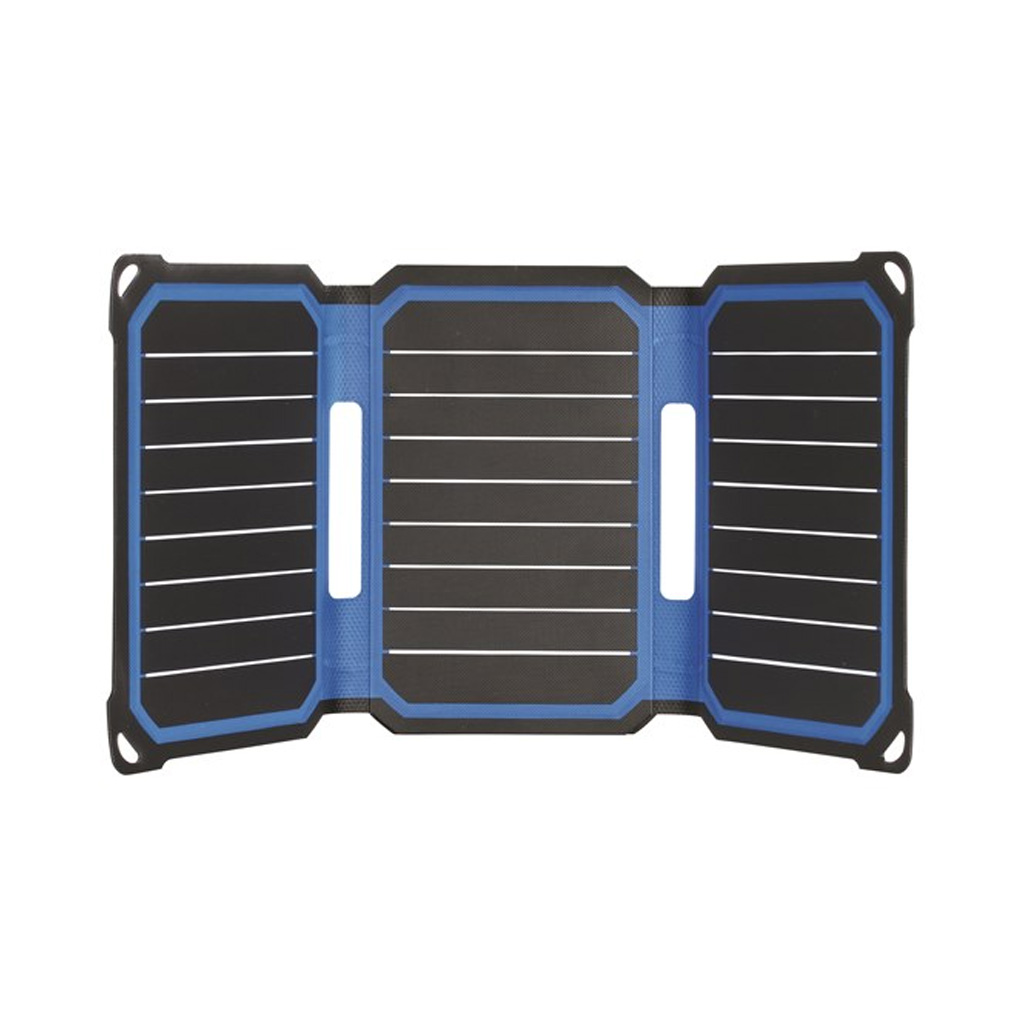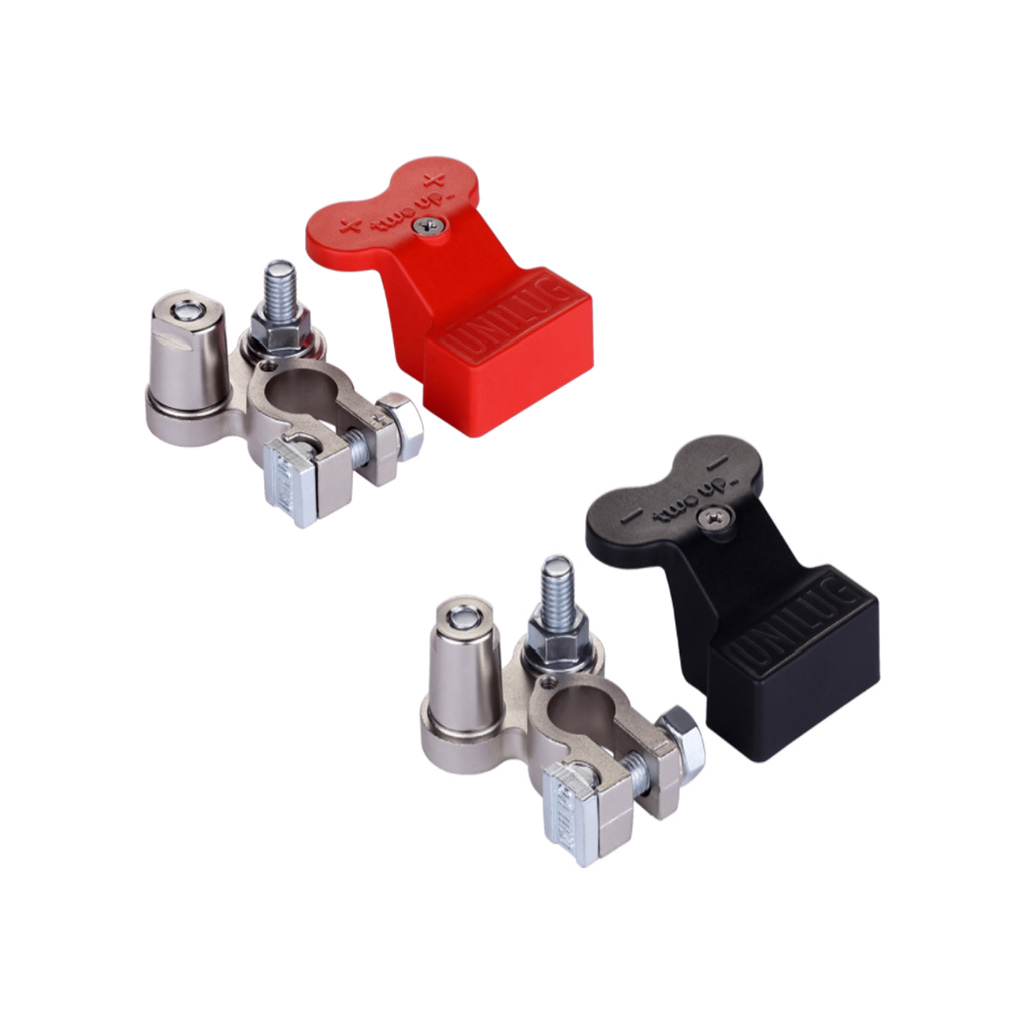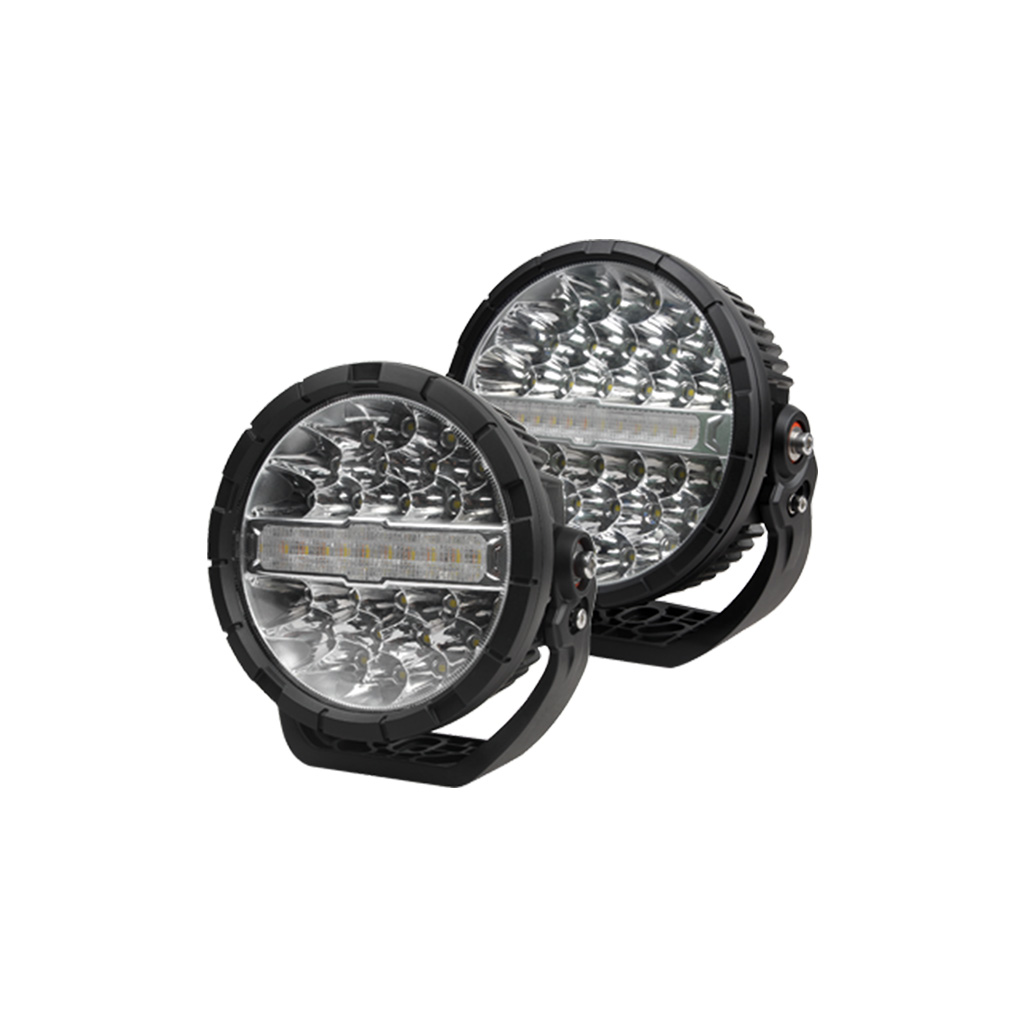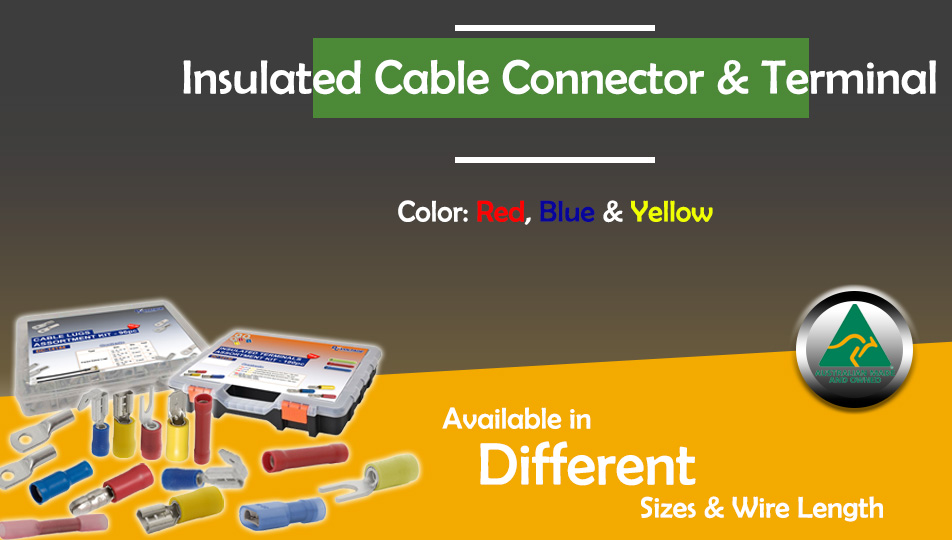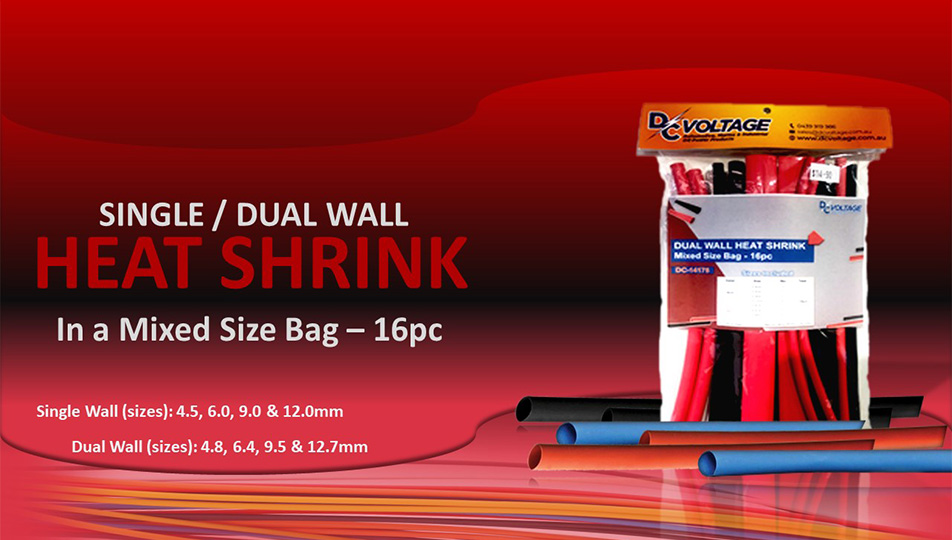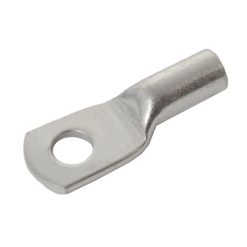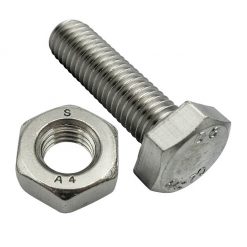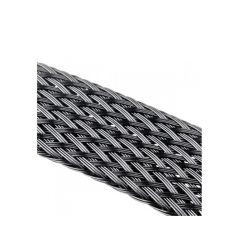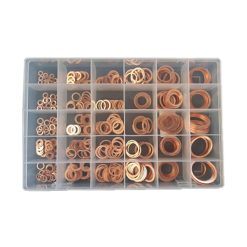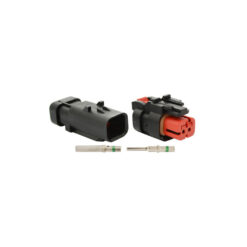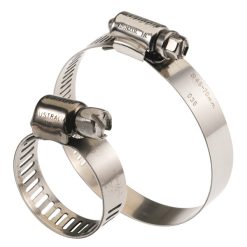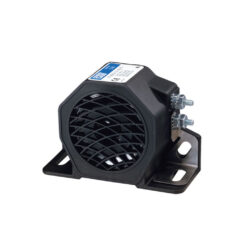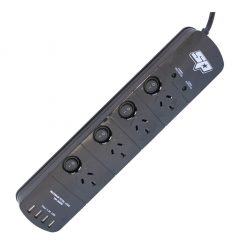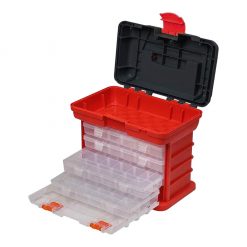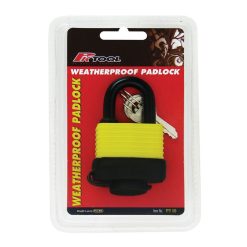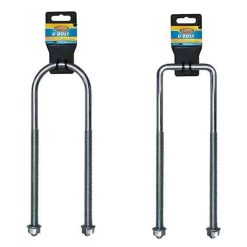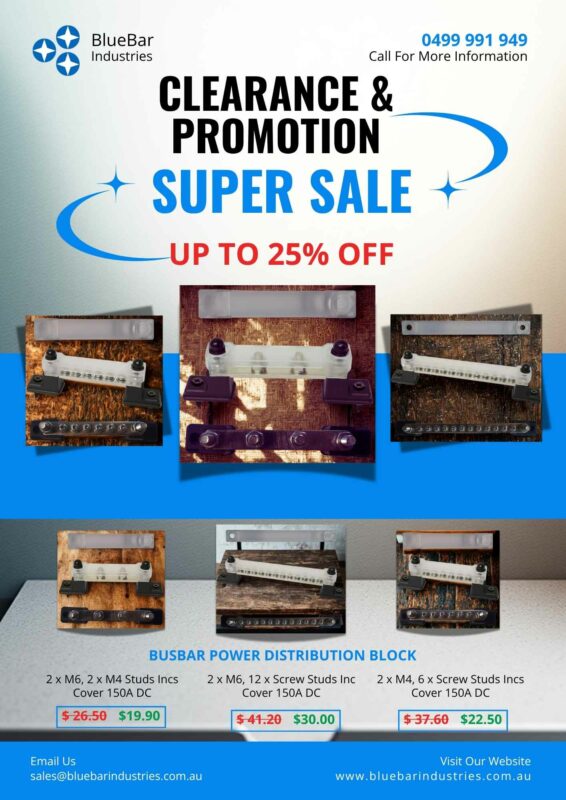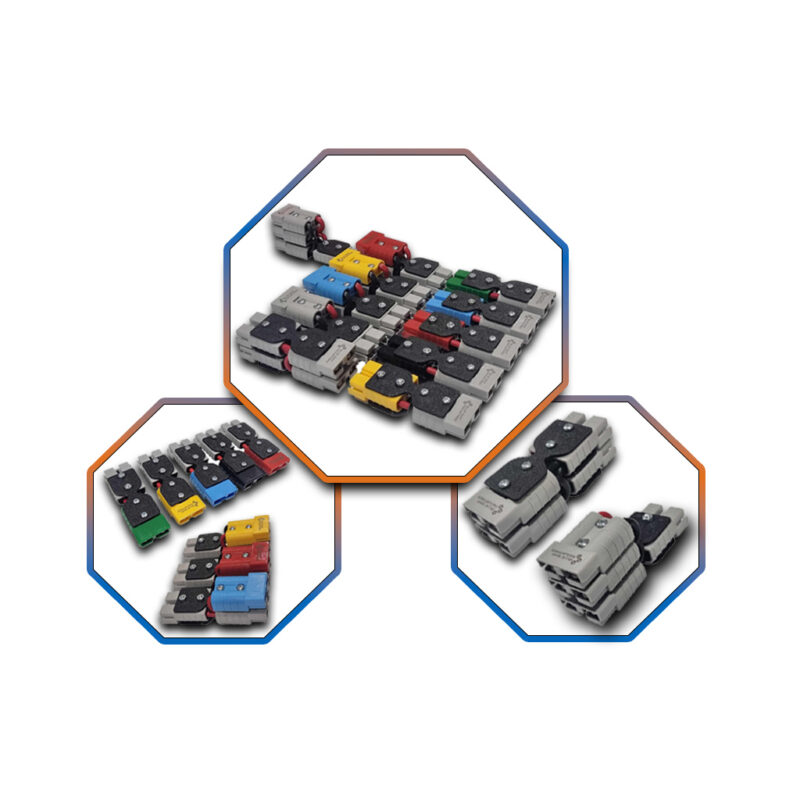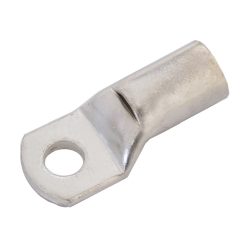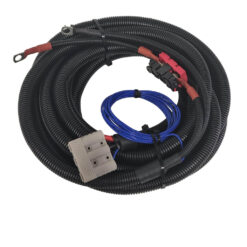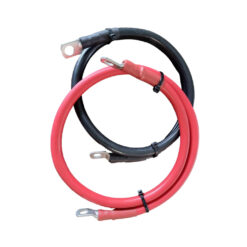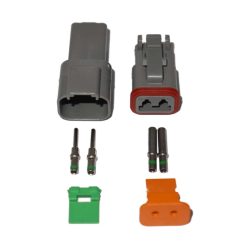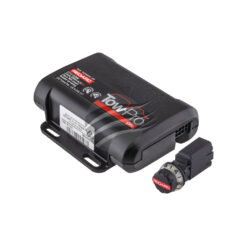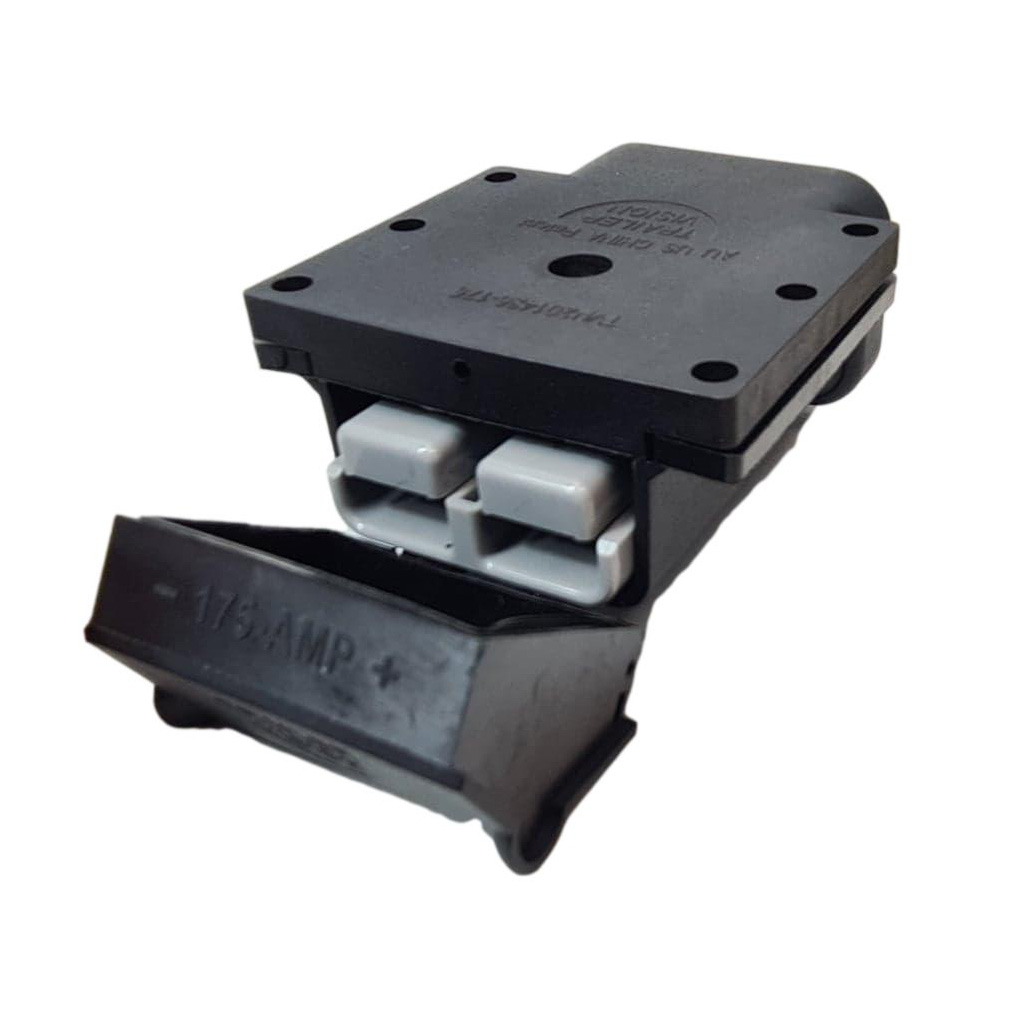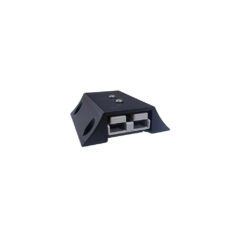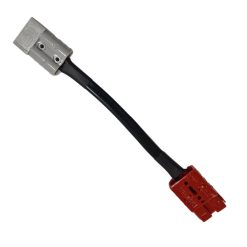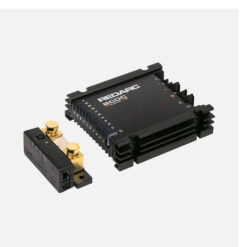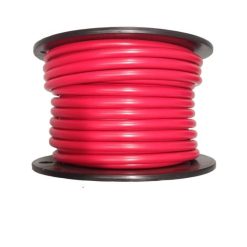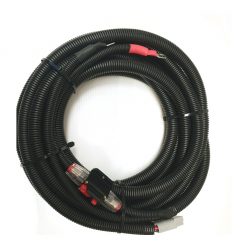General News
A Detailed Introduction to Anderson Plugs
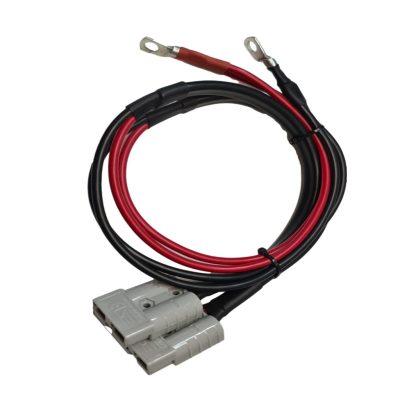 Anderson plugs are a specialized kind of connector for electrical power distributed in the form of a “power bar.” They have been around since the 50s but have been greatly improved over time. These connectors can be used in residential and commercial buildings and are generally used in connecting a number of different wires to the main circuit board. If you would like to learn more about Anderson plug 50 amp, this article is a great place to start.
Anderson plugs are a specialized kind of connector for electrical power distributed in the form of a “power bar.” They have been around since the 50s but have been greatly improved over time. These connectors can be used in residential and commercial buildings and are generally used in connecting a number of different wires to the main circuit board. If you would like to learn more about Anderson plug 50 amp, this article is a great place to start.
What Are Anderson Plugs?
50 amp Anderson plugs are a type of electrical connector commonly used for high-voltage, low-current applications. They are also called “Anderson” connectors or an “AR” connectors. Because they’re very common in commercial buildings, they’re often referred to as “building block plugs,” or simply “blocs.”
Anderson plugs are one of the most common types of connectors in use today. They are designed for high current, high voltage applications and are used to connect power transmission lines, electrical equipment, and other devices.
An Anderson plug 50 amp is a device that allows you to connect two pieces of metal together without the need for soldering or welding. The connector has two parts: a threaded nut and an insulating housing (similar to a standard electrical outlet). The housing contains a spring-loaded contact that engages with the threaded nut when it’s screwed into place. This makes it easy for you to connect two wires without worrying about making electrical connections inside the connector itself.
50 amp plugs have been around since the late 1930s when they were invented by Frank Anderson as an alternative to soldering and crimping copper wire connectors together during World War II. The name “Anderson” comes from his last name but also refers to how easy these connectors are to use — they’re like an “in-and-out” type of connection!
What are The Benefits of Using an Anderson Plug?
There are a number of different reasons why an Anderson plug 50 amp is a great option for you. Here are just a few of the benefits that you can experience by using these types of plugs:
-
Anderson Plugs Are Easy to Install
The main benefit of using an Anderson plug is that they are very easy to install. You don’t need any specialized electrical tools or equipment in order to install one of these plugs. All you need is a screwdriver and some simple hand tools, and you will be able to get the job done quickly and easily.
-
Anderson Plugs Are Durable
Another perk of using a 50 amp Anderson plug is that they are extremely durable. These types of plugs are made out of high-quality materials, and they are designed to last for many years without having any issues at all. They won’t rust or corrode over time, which means that there is no need for maintenance or repairs down the road at all!
-
Anderson Plugs Can Be Used For Many Different Applications
Another thing that makes an Anderson plug 50 amp so great is that it can be used for many different applications. These plugs were originally designed for use with electrical equipment, but now they are used for many other things as well, such as plumbing and heating systems as well!
-
Anderson Plugs Are Reliable
The fact that 50 amp Anderson plugs are made from copper means that they provide excellent conductivity for electricity. The copper wire is also very flexible and can withstand high levels of heat without becoming damaged. This makes them ideal for use in many types of electrical products.
-
Anderson Plugs Are Safe To Use
Another benefit of using Anderson plugs is that they provide safety benefits when compared to traditional plugs used by most homeowners today. This is because they do not have exposed metal parts that can cause electrocution if touched while the device is still plugged in.
How do I install Anderson Plugs?
Anderson plug 50 amp is not too difficult to install. First, inspect the area to be used and make sure that it is clear of debris and other obstructions. The next step is to make sure that you have all of the parts needed for installation. These include:
- The Anderson plug itself
- A screwdriver or drill bit
- A pair of pliers or a wrench
Next, remove any existing hardware (screws or nails) from the wood and then use your screwdriver or drill bit to make pilot holes for the screws used to anchor the Anderson plug into place. You will need at least two holes drilled into each side of each board you want to protect with a 50 amp Anderson plug. Once you have made your pilot holes, insert your screwdriver into one hole and drive it in until it reaches the end of its threads. This will create a hole for your screw to go through when attaching the Anderson plug. Finally, place your screw through this hole and attach it securely into place on both sides by tightening them with pliers or a wrench.
How Many Amps Can an Anderson Plug Handle?
The most common question we get asked is, “how many amps can an Anderson plug 50 amp handle?” The answer depends on the type of system you have, so let’s break it down.
Anderson plugs are commonly used in residential and commercial applications. They are also known as EMT (electrical metallic tubing), which is a type of conduit that runs electrical wiring through walls and ceilings.
The most important thing to know about how many amps your 50 amp Anderson plug can handle is that it depends on the size of the wire and the gauge. The larger the wire, the more it can carry; for example, if you had a 10 gauge wire, then you could use an 1800 watts max load, but if you had a 12 gauge wire, then you could use 2400 watts max load. Also, it’s important to remember that this only applies to single-phase systems because three-phase systems are different.
When picking an AMP range for your home or business, be realistic about what devices will be plugged into the outlets at any given time. For example: do you really need 4 outlets when all you plan to plug in is 1 computer? If so, then maybe 2 outlets would suffice!
And that’s a quick introduction to Anderson plug 50 amp power connectors. We hope this article gives you an idea of how adaptable these connectors actually are and gives you a good idea of which type is best for your application.



